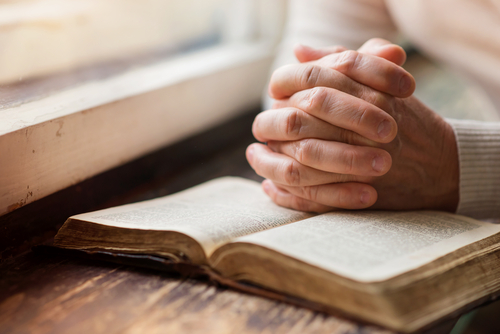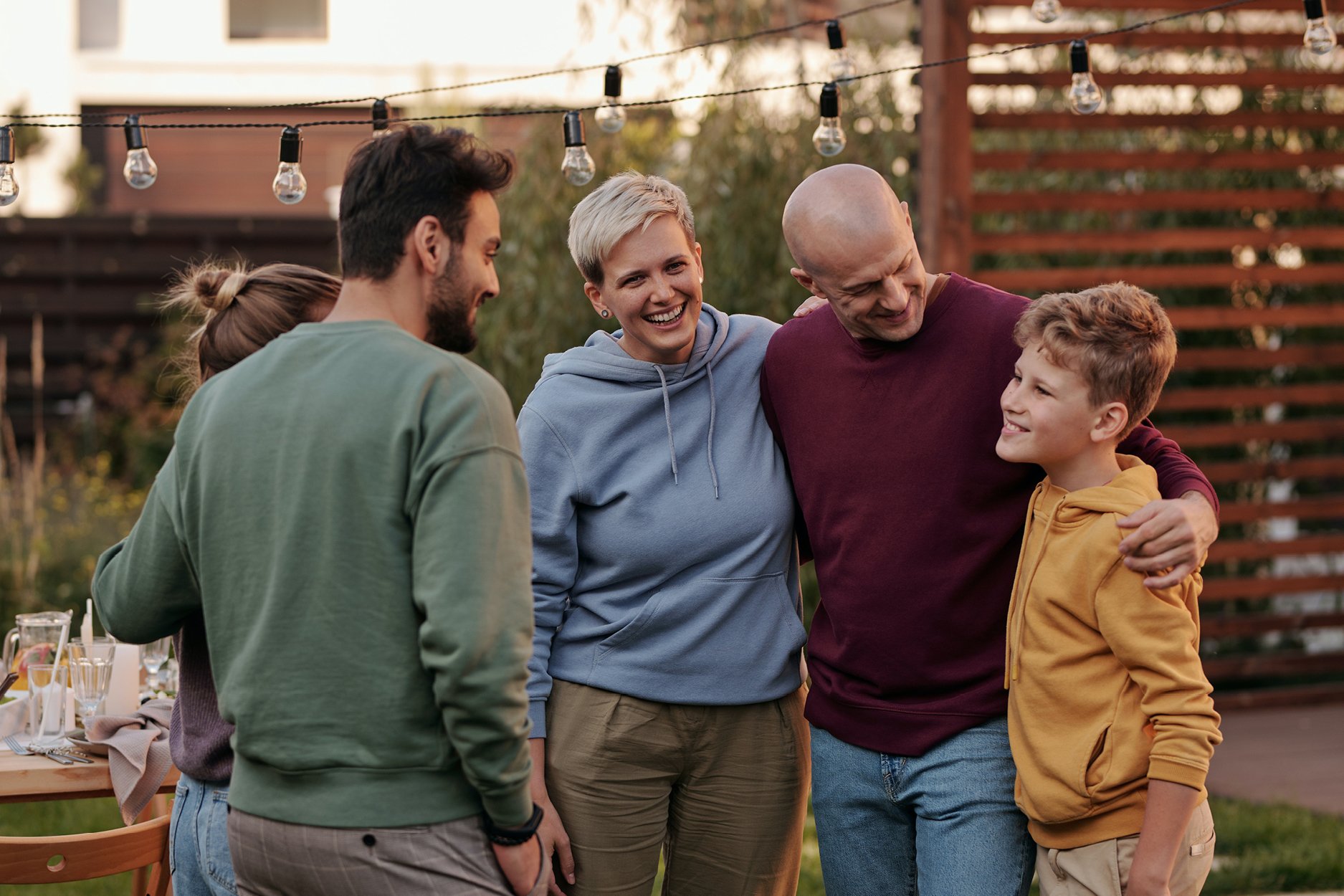Turning to Prayer When Cravings Have Your Child Turning Toward Relapse

Relapse is what happens when someone in recovery loses his ability to say no to picking up a drink or a drug again. Whether it is one hit, one drink, one day, or one year, relapse happens when a child abandons his program of recovery.
It is said that relapse is a process that happens over time. Many who have experienced relapse feel that it is more of an uncontrollable moment. In the brain, relapse happens when the cravings for drugs and alcohol are activated again in such a way that the tools of recovery won't work or the child in recovery is no longer willing to use them. Cravings build and build until they become unbearable, causing unmanageable urges. Despite all progress, all hope for a better future developed through weeks, months, or years of recovery, somehow the idea of using chemical substances again takes priority.
The many tools children develop through treatment arm them against this moment; the moment they find themselves contemplating picking up another drink or a drug. Additionally, those tools, lifestyle choices, behaviors, and attitudes help keep this moment from coming. Cravings, however, do come because cravings are part of the disease of alcoholism and addiction. When cravings arise, it is important to remind children of the tools they have learned and suggest their initiation. One of those tools should be prayer.
In 2016, the
American Journal of Drug and Alcohol Abuse
reported on a study conducted by NYU Langone Medical Center. Believed to be the first of its kind, the study examined the brain physiology of Alcoholics Anonymous members. Specifically, researchers sought to understand the power of prayer in the program. Participants were shown drinking-related images, then given a "coping mechanism" like prayer or reading a newspaper. Those who prayed after seeing the images reported fewer cravings. Brain imaging through MRI revealed that the reduced cravings after prayer positively correlated with ...increased activity in brain regions responsible for attention and emotion, according to NYU Langone.
Senior author Marc Galanter, MD stated that the findings ...suggest that the experience of AA over the years had left these members with an innate ability to use the AA experience-- prayer in this case-- to minimize the effect of alcohol triggers in producing craving.
Talking about cravings is often difficult, especially for young people in the program. Alcoholism is widely associated with tremendous shame and stigma, which can make the experience of cravings feel like there is something "wrong" happening, as in a failure. Assure your child that cravings are a normal part of the process and that experiencing them isn't a failure. What is most important is turning to the scientifically proven power of prayer as a critical tool for preventing relapse.
Recovery is a journey, not a destination. At Stonewater Adolescent Recovery Center, we are setting families in the direction toward healing and lifetime abstinence. Call us today for information: 662-598-4214

.jpg)

